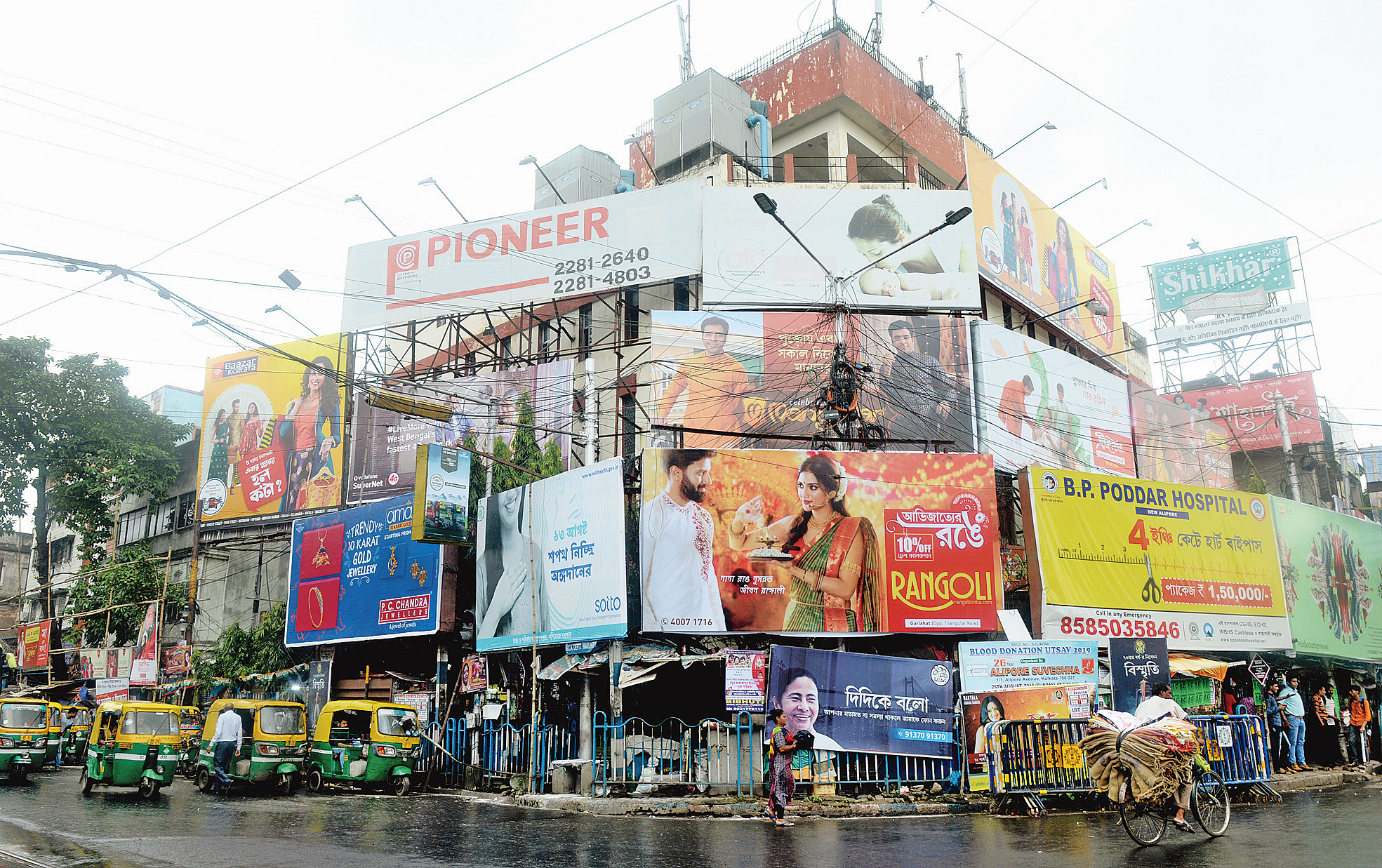I’d gone to the RTO the other day for some work, and I suppose you know what comes next.
I wouldn’t say it is impossible to get work done without the help of an agent, but it is certainly true that it isn’t a breeze either. And if one teaches opportunity costs, it makes sense to take the “help” of an agent. Sure you can do it yourself, but it then becomes eye-wateringly expensive in terms of time. And therefore, money.
And while I waited in the numerous byzantine lines to get my work done, I reflected, like every good economist should, on what could be done to reform the system.
Just ban agents, my understandably irrational brain screamed as a first pass solution. Why doesn’t the bureaucracy come up with a better process map that just gets out of the way instead, Cold Calculating Rationality suggested.
Because they aren’t incentivized to, C.C.R went on to reason, proceeding to shut me out of the conversation altogether. Although I was, truth be told, a very interested bystander by now.
But why aren’t they incentivized to – isn’t that the next logical question to ask, mused C.C.R.
I mean, won’t it make their job easier if they make their processes easier?
Well, yes, but they earn the same either way, no? It’s not like payments are linked to productivity increases.
How would they earn more?
Maybe through a Coasean solution in which there’s connivance with the agents, and they get a cut? That is, make the process impossibly cumbersome, and continue to keep it cumbersome, no matter what any well meaning committee proposes. That then facilitates agents stepping in and “helping” blissfully ignorant citizens get their work done faster – for a fee, of course.
They take a cut of the fee – and hey, there you have it! Bureacracts have an incentive – but not to simplify the system! They have an incentive to continue to clog up the system.
C.C.R needed a break at this point in time, so it and I played a couple of rounds of Fruit Ninja on my phone.
But why, C.C.R asked – for it can take only so many minutes of mindless swiping – would anybody want to be an agent? I mean, there are surely better, more remunerative ways to earn a living.
C.C.R. and I stared at each other in part jubilation, and part horror.
“There aren’t better ways, no?!”, we said in unison.
“I mean, if markets are weakly efficient, nobody would willingly work as an agent, surely”, said C.C.R triumphantly.
“And so”, C.C.R went on to say in that insufferably smug way that is its wont, “if you really want to reform the system, you need to create better employment opportunities everywhere else. Reforming this particular system is just putting a band-aid on a cancer. Because yes middle-mean are bad, but nobody grows up dreaming of being a middleman. Of course the middlemen, and that entire nightmare of a system is going to be up in arms if you seek to eliminate it. The lack of alternative, viable careers: that’s the real problem.”
“So, just more pro-growth policies, you’re saying?”, poor old irrational me asked timidly.
“Well, yes. Easy answer, tough implementation, I’ll concede that point”, replied C.C.R.
“I wonder where else we can apply this line of thinking”, I was about to ask C.C.R… but then it was my turn at the window, and I was so happy that I was finally done with the whole thing that I stopped thinking about it altogether.
So it goes.

